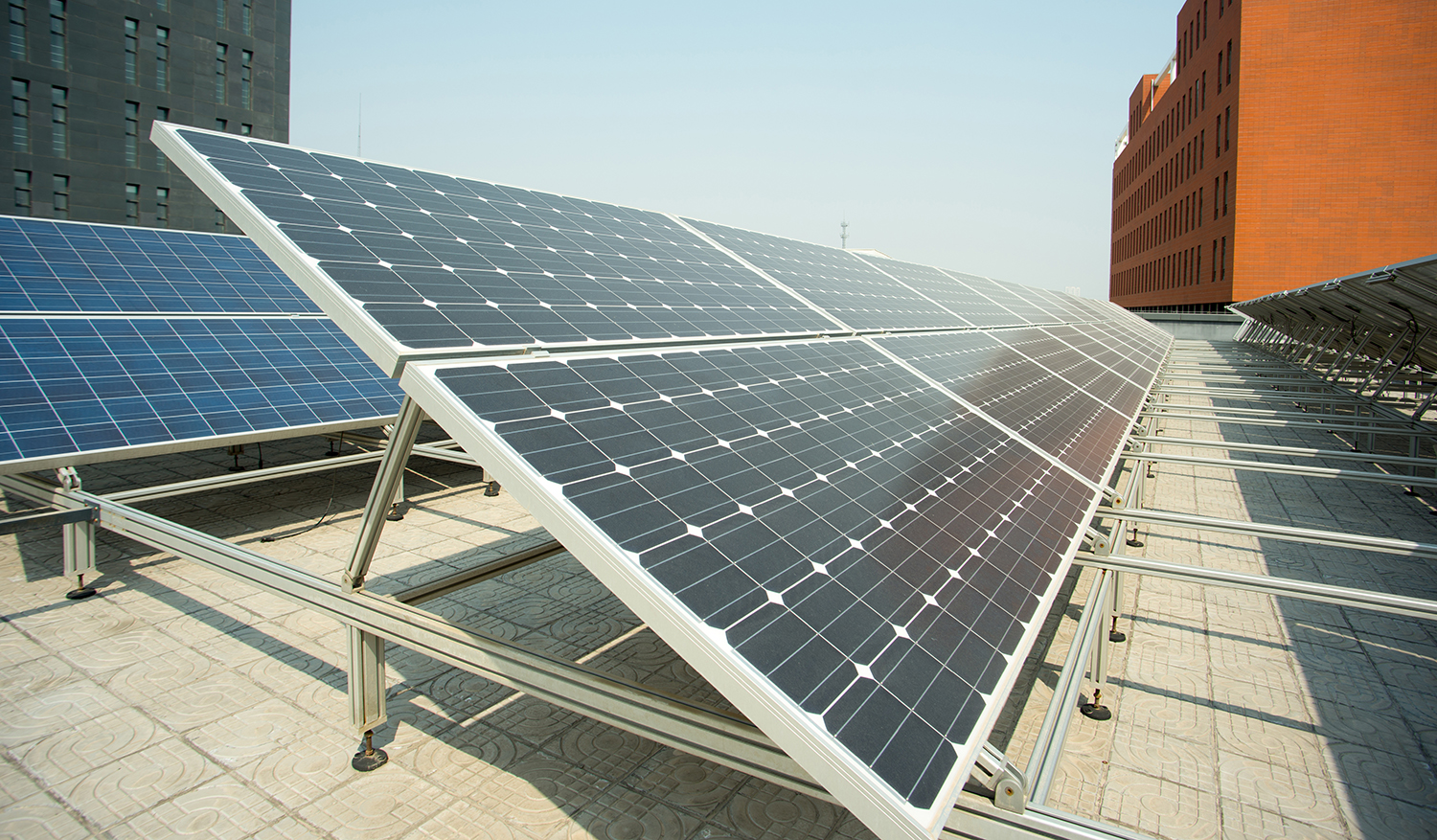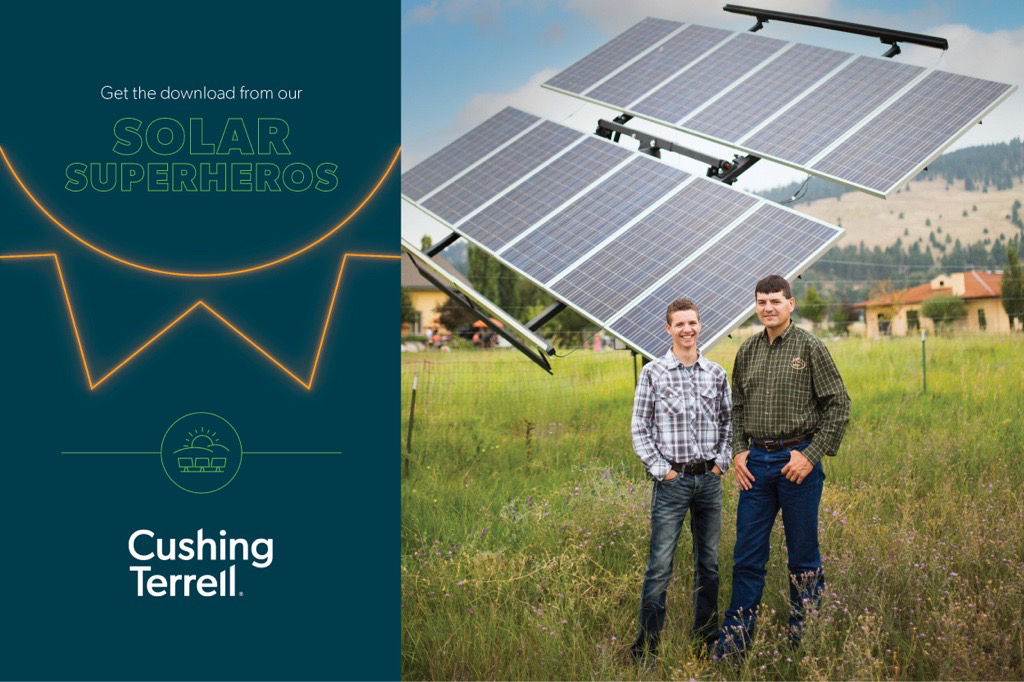Having ‘the Talk': Solar Now vs. Solar Readiness

This is how the story begins: Your client has a new project and is committed to making a difference through zero-net-energy (ZNE) goals. As a member of the design community committed to ZNE, you’re stoked. This is the path to a better built environment. All parties understand what’s at stake (the future of our planet) and the substantial impact buildings have (36% of global energy use*). But as it turns out, the protagonists in this story have hurdles to overcome.

Guiding Your Client on the Best Path to ZNE
The first hurdle? Helping your client weigh the options to achieve ZNE and understand the return on investment. Note: This scenario focuses on solar and assumes the building will be designed to meet the highest standards of energy efficiency through building orientation and envelope, and mechanical and electrical systems.
- Option #1: Purchasing renewable energy certificates (RECs). The building you design for your client is the gold standard in sustainable design. Additionally, your client chooses to purchase preferred RECs, such as through Green-e Certification, to offset energy use. You feel good; your client is investing in the local utility growing its renewable energy provisions. However, you could feel better. Each month, your client will be paying for both the building’s energy usage and 100% RECs.
- Option #2: Designing the building for solar readiness. On-site renewable energy is the more direct path to ZNE, but not every client is ready for the upfront commitment (time and money) or prepared to navigate the local utility integration. (Note: Some cities now require solar readiness as part of the building code.) Preparing a building for solar helps your client come a step closer to not only what will be the future of our built environment, but also to a self-sustaining energy system.
- Option #3: Including on-site solar generation. The option with the greatest payback potential for your client is incorporating solar right from the start. This greatly reduces monthly energy costs and reduces the percentage of RECs needed. With the reduced monthly energy costs, a solar PV system can be paid off in 10-12 years. Additionally, with on-site renewable energy, your client will be eligible for tax incentives. The big bonus? This is the one system you can add to your client’s building that is a guaranteed investment, saving money in the long term, in particular as energy costs escalate.
View the infographic with cost estimates for each option.
For more information on the subsequent hurdles you might encounter as you incorporate on-site renewable energy, download our integration guide, which includes a deep dive into the return on investment of on-site renewable energy, how to talk to your clients, design considerations, and lessons learned from project examples.
ALSO, meet our solar superheroes on September 21 when they present at Greenbuild!
*Source: United Nations Environment Programme
